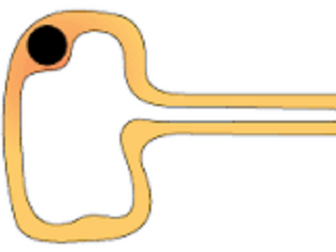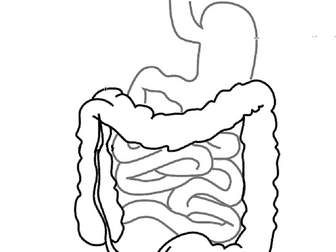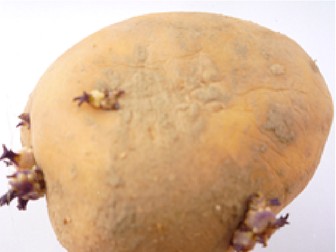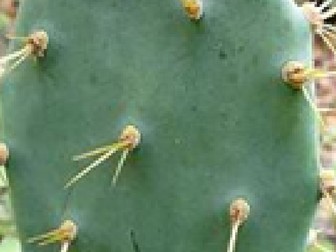Adaptions of Specialized Cells to their Functions
The resource is prepared for teachers and students for revision. It deals with paying attention to features of adaptation that make cells and structures able to perform functions that no other cell or structure can perform. (Adaptation and Function).






